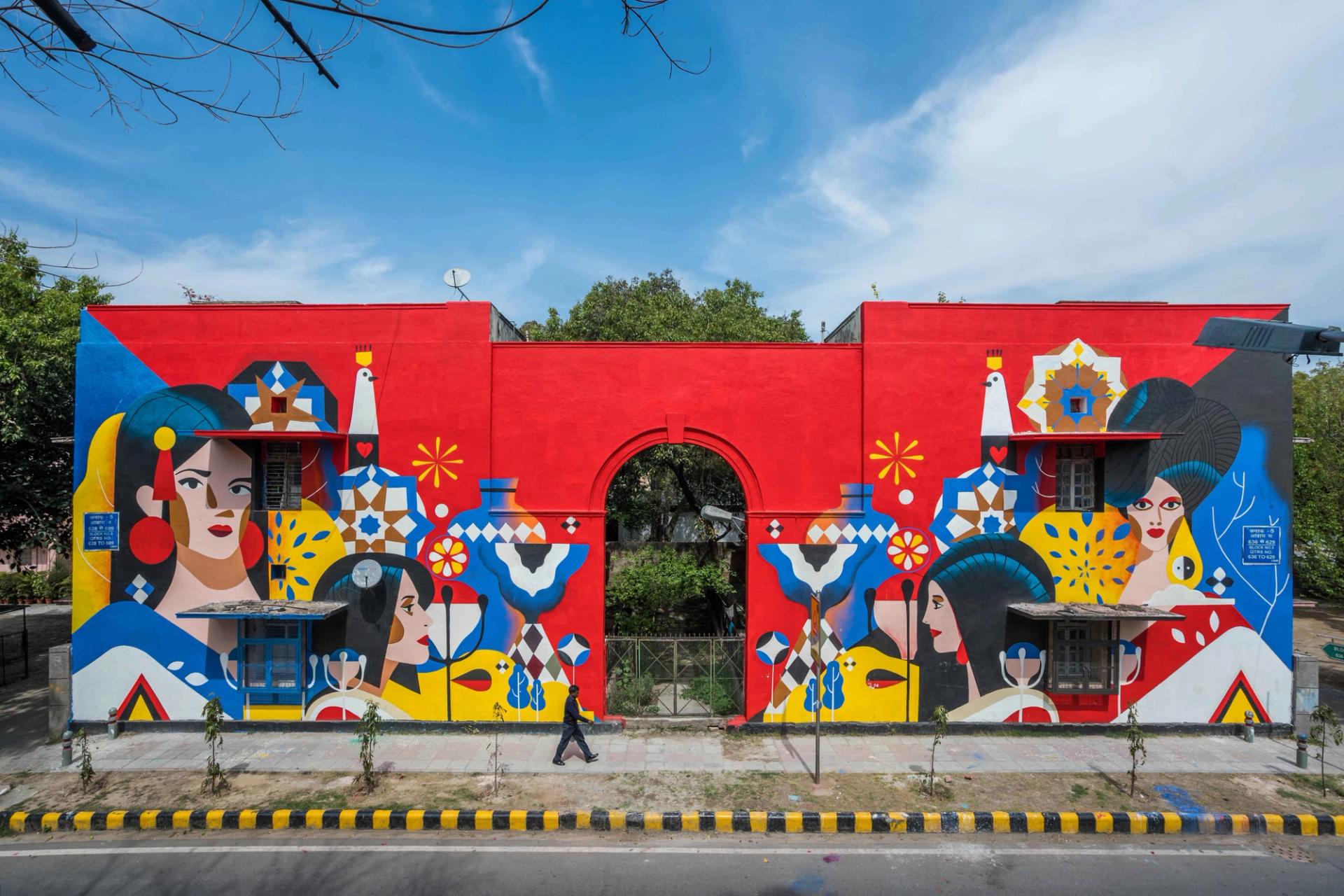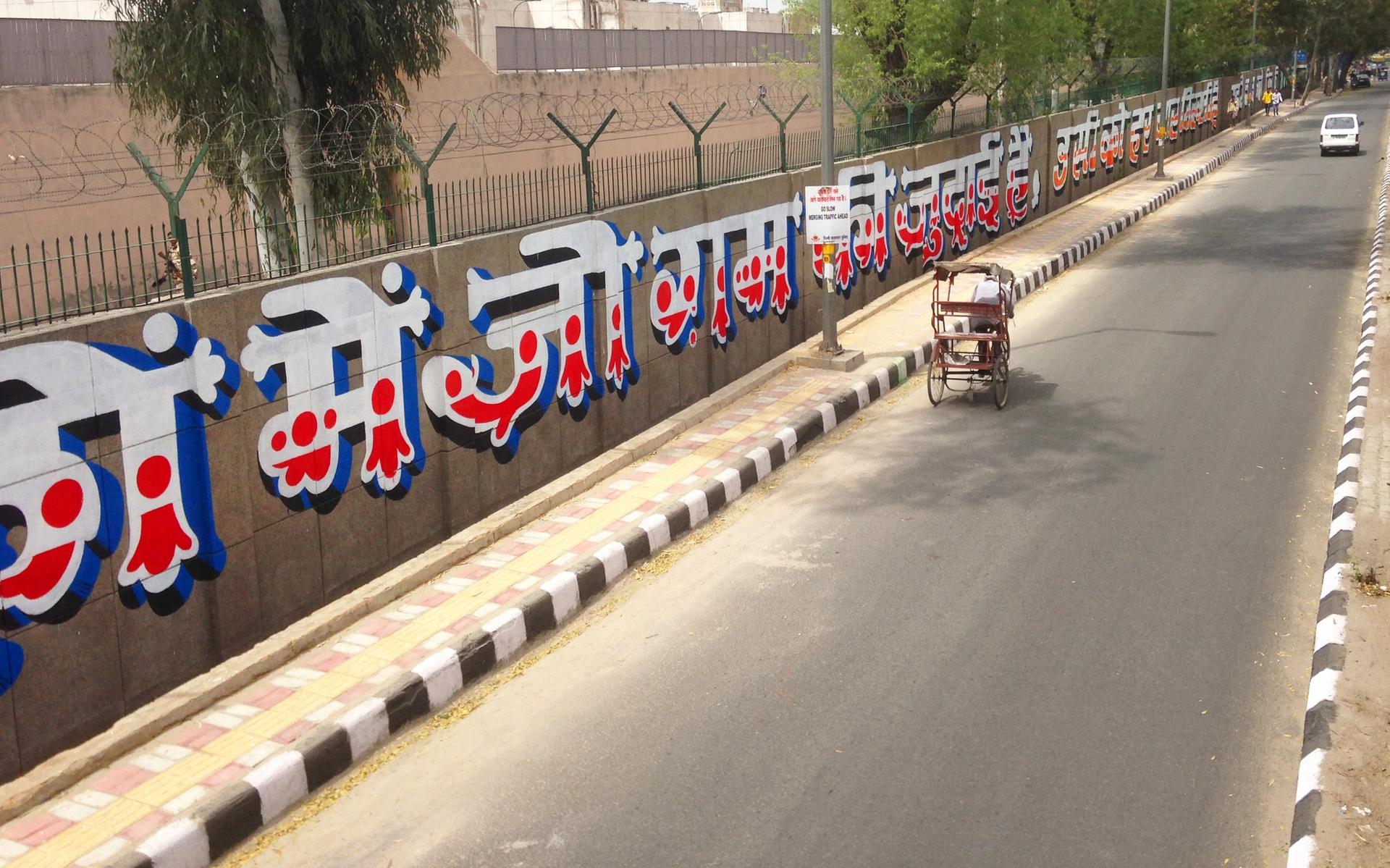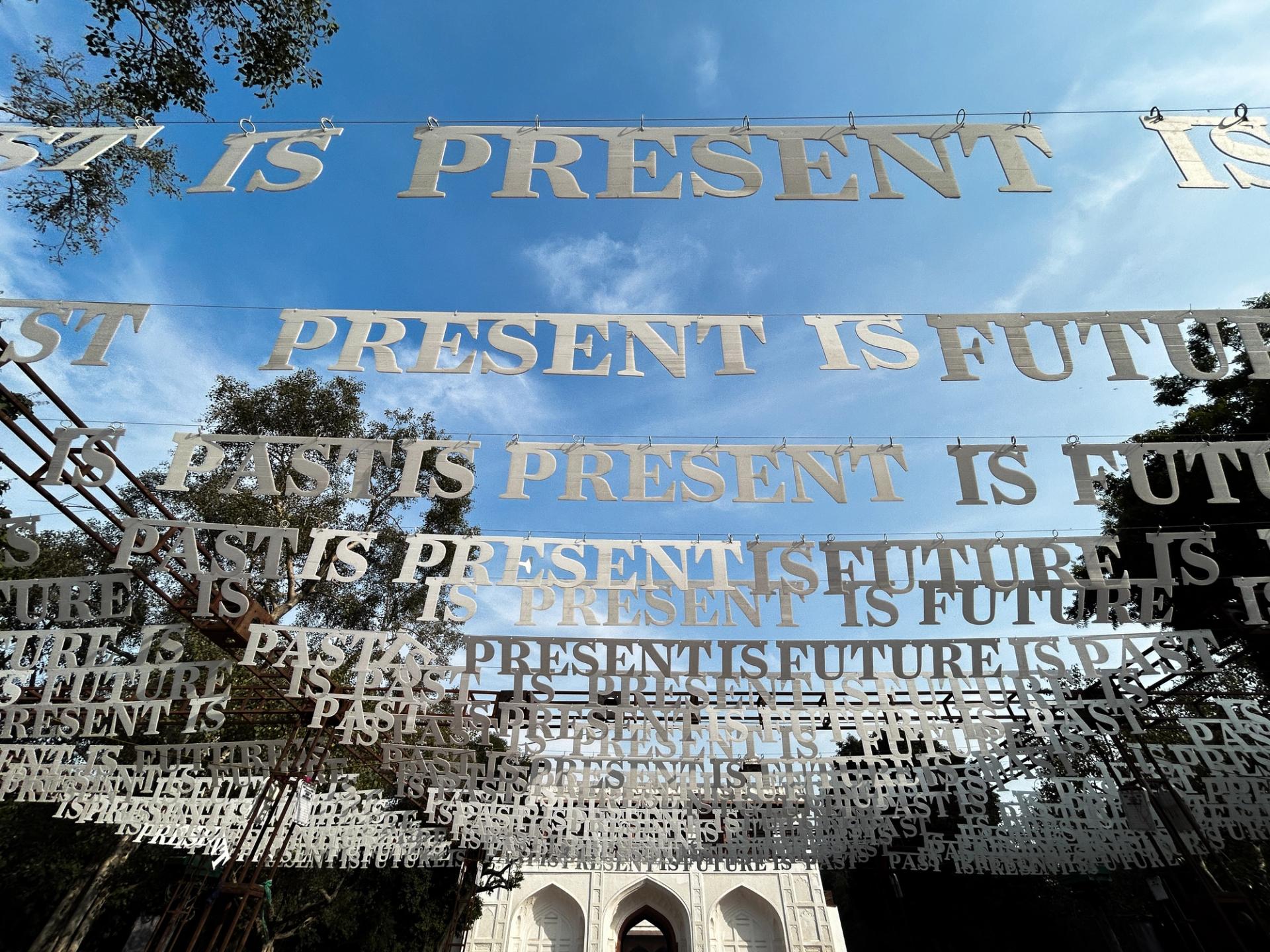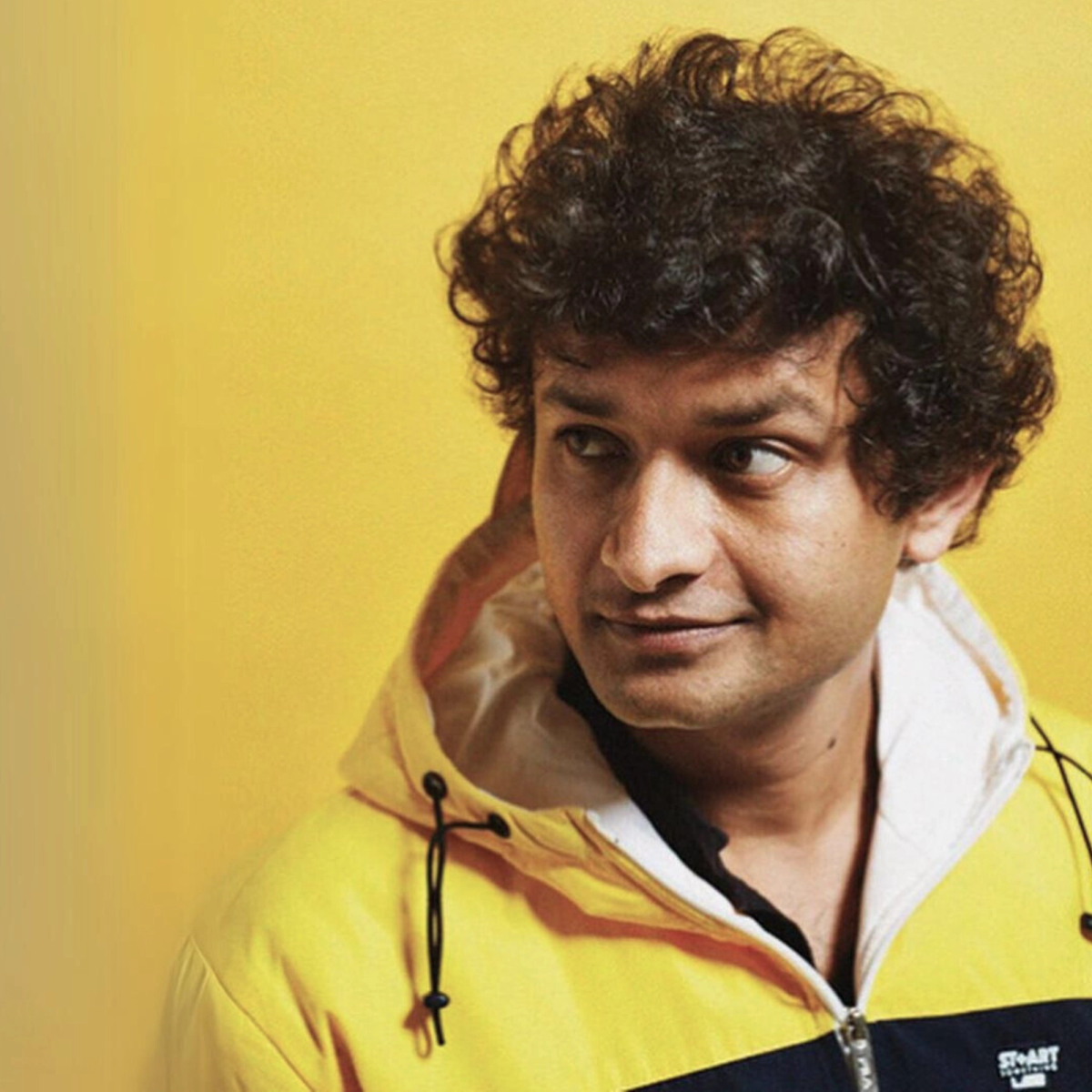Hanif Kureshi, the co-founder of the St+art India Foundation, a not-for-profit organisation that works on art projects in public spaces, died on 22 September aged 41 after a battle with cancer. As the artistic director of St+art India, Kureshi led projects that saw vibrant murals and installations created in cities including Delhi, Hyderabad and Mumbai. He sought to democratise art with his work and bring it out of white-cube spaces. Today, he is widely credited as the person who popularised street art in India.
Born in Palitana, a small town in the state of Gujarat, Kureshi was fascinated by typography. He wanted to be a street painter. He did not come from a family of artists, but even “when he was younger he would spend time with guys who would do sign painting, with people who would make number plates,” Arjun Bahl, a co-founder of St+art India, tells The Art Newspaper. Kureshi pursued a degree in visual arts from the esteemed Maharaja Sayajirao University of Baroda. He worked in advertising for a few years, but “he wasn’t satisfied with the kind of work which was happening even though [he was employed at] a pretty cutting-edge agency,” Bahl said.
Kureshi, Bahl joined hands with Akshat Nauriyal, Giulia Ambrogi and Thanish Thomas to found St+art India in 2014. They had different professional backgrounds but shared a common objective in making art more accessible. The most notable of their projects include their work transforming Delhi’s Lodhi Colony, for which they partnered with the paint company Asian Paints. As part of the project, more than 50 Indian and international artists made murals on the large walls of the district. These featured typographical and nature symbols, as well as depictions of people who lived in the area—for example, a woman who sold parathas in the colony.

One of the murals in Lodhi Art District, an area St+art India created with the help of more than 50 artists
Photo: St+art India Foundation
The foundation also worked with several governments. A lesser-known project was a 968-metre-long mural on the boundary wall of the Tihar Jail in Delhi. The mural comprised verses of a poem titled Chardiwari (Four Walls)—which was written by an inmate. “The typographic sign would change every 100 metres,” Bahl says. He adds that local sign printers were used for the project.

A view of Hanif Kureshi’s 968-metre-long mural on the boundary wall of the Tihar Jail in Delhi
Photo: St+art India Foundation
Kureshi also had an independent art practice. He used the pseudonym Daku, the Hindi word for bandit, to create provocative and thought-provoking graffiti across India that often carried a social message. Around 2010, underneath the word “stop” on traffic signs, he added words such as “raping,” “bribing” and “pretending.” In 2015, he painted a repetition of four words—“THIS IS COMMISSIONED VANDALISM”—on a 200-metre stretch of a road outside the India Art Fair. A BBC story on his work bore the headline “‘India’s Banksy’ wants to provoke voters.’”

An installation view of The Cycle of Time
Photo: St+art India Foundation
Kureshi’s main passion, however—according to Bahl—remained typography. In 2023, he created Cycle of Time, which was exhibited at the India Art Architecture Design Biennale 2023. The work involved a series of words hung like a canopy, casting varying shadows on the ground as the sun moved across the sky.
Bahl adds: “I think for him the first and the most important project till the very last was his personal project, the Handpainted Type project.” In it, he was “essentially documenting the works of sign painters and encouraging them to make fonts, telling them to develop them... And today a lot of big organisations, [including from] the Fortune 500 companies, are using those fonts. People want to identify themselves with fonts.”
“He was dedicated to nurturing a community of artists, designers and creatives who trusted him with loyal guidance,” St+art India wrote in a statement following Kureshi’s death. “He was a pioneering figure for graffiti and street art with his tags spread across cities he travelled to.”
- Hanif Kureshi; born Palitana, India, 12 October 1982; died Goa 22 September 2024


